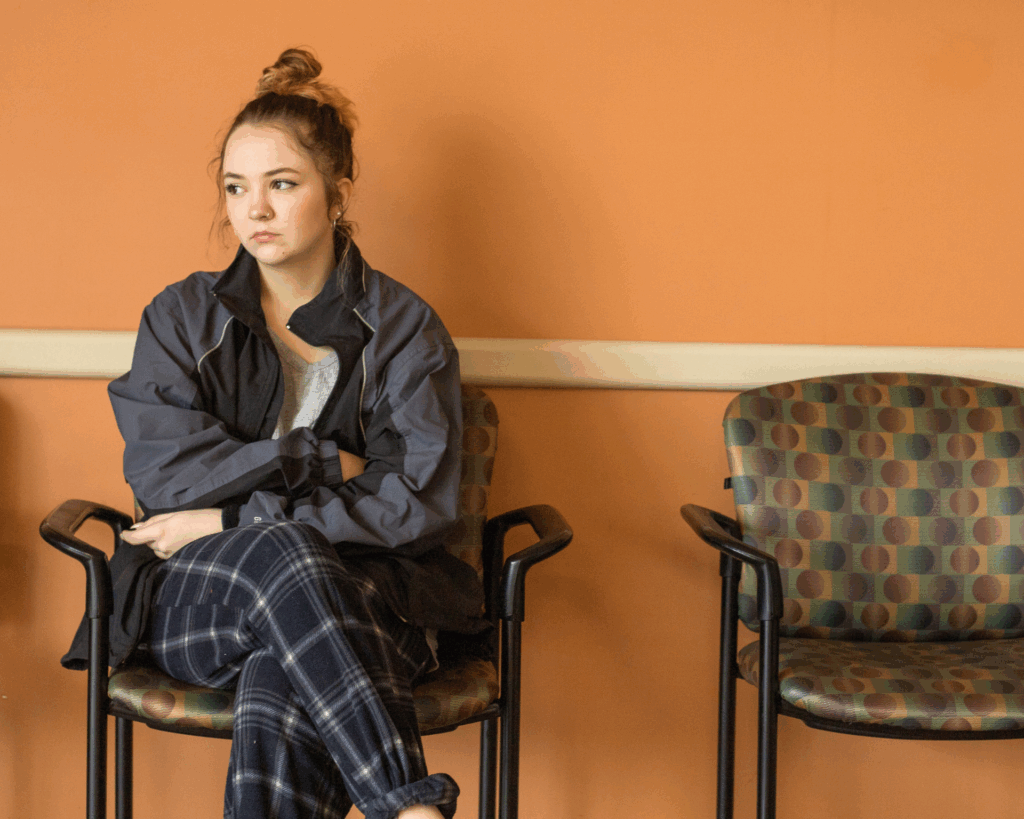Contraception Options Limited in Rural and Suburban Areas
Geography can affect access to contraception. Women in rural and suburban areas have fewer contraception options than those in urban areas.

Read Time: 2 minutes
Published:
Geography can play a role in what types of contraception are available to women at their local community health centers. Women in rural and suburban areas have fewer contraception options than those in urban areas.
George Washington University and the Kaiser Family Foundation surveyed community health centers across the United States about their family planning services last year. They received responses from 546 health centers representing all 50 states and the District of Columbia.
The figure shows the proportion of rural and urban health centers providing specific types of contraception. Significantly fewer rural and suburban health centers provide long-acting reversible contraception: the implant, hormonal intrauterine device, and copper IUD. This is also true for emergency contraception: over-the-counter methods such as Plan B and prescription methods such as ella.
Long-acting reversible contraception methods are highly effective forms of birth control. Once placed in the body, they can protect women for several years. Emergency contraception is a form of birth control taken after sex to prevent pregnancy. It is sometimes referred to as the “morning after pill.” Poor access to these popular and effective forms of contraception increases the risk of unintended pregnancy for women in rural and suburban areas.
Databyte via Susan F. Wood, Julia Strasser, Jessica Sharac, Janelle Wylie, Thao-Chi Tran, Sara Rosenbaum, Caroline Rosenzweig,Laurie Sobel, and Alina Salganicoff, Community Health Centers and Family Planning in an Era of Policy Uncertainty. Kaiser Family Foundation.



